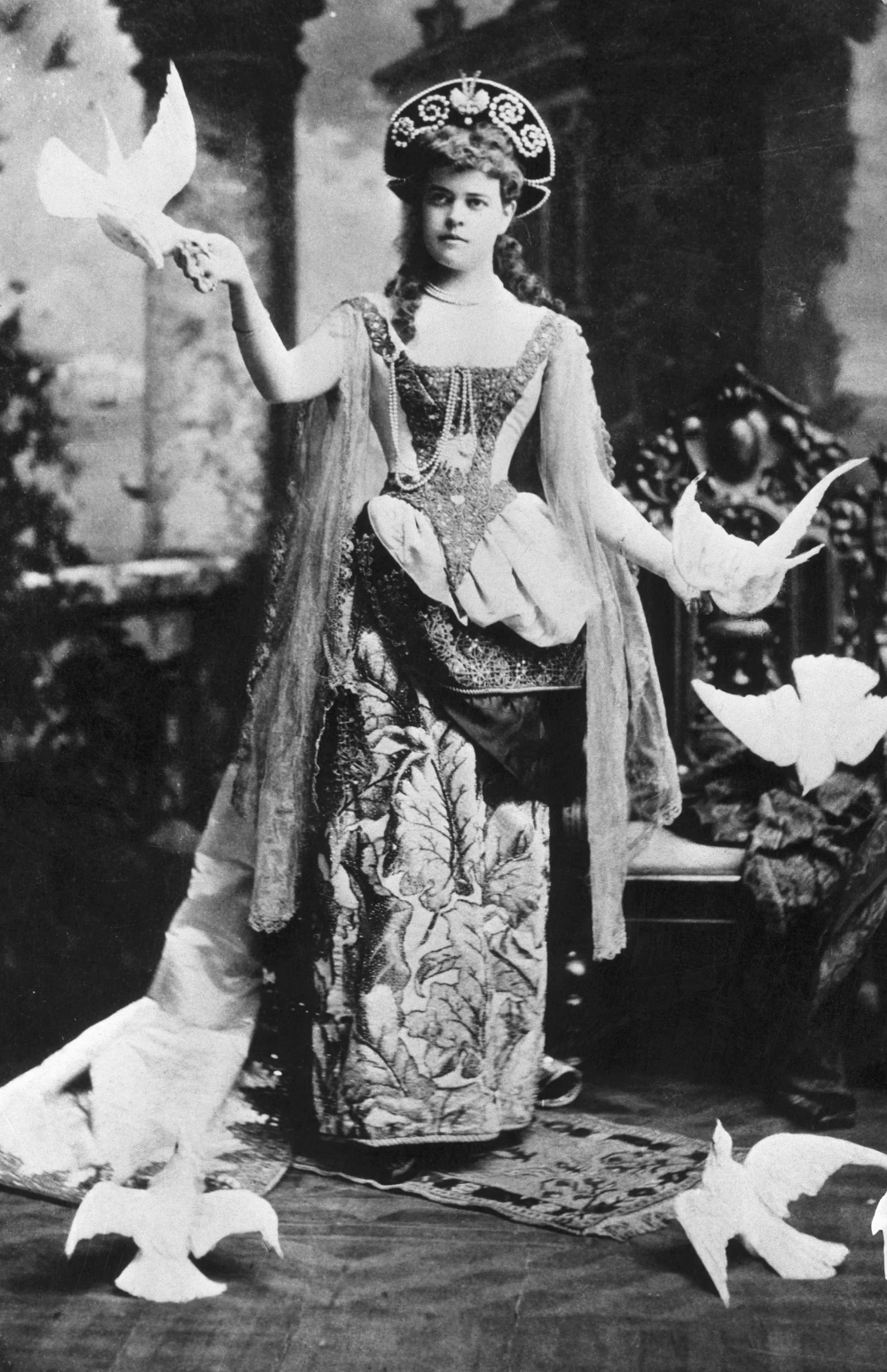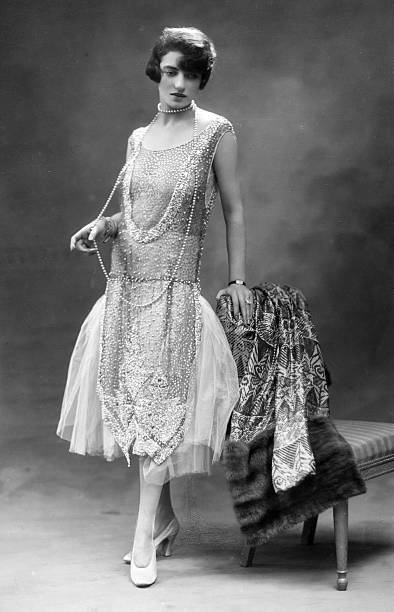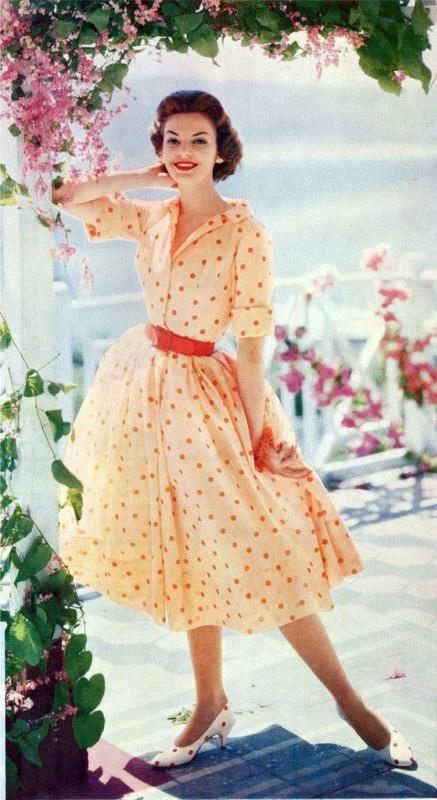Our Fashion evolution is an evolving story. Fashion is an ever-evolving industry, constantly being shaped by social, cultural, and economic trends. From the Gilded Age to 2020, fashion has gone through a number of transformative changes, reflecting the shifting attitudes of society towards style and beauty.
Fashion Evolution Through the years

Fashion Evolution 1870 The Gilded Age
The Gilded Age (1870-1900) was a time of extreme wealth and ostentation in the United States. During this period, fashion was defined by elaborate and ornate styles that emphasized luxury and extravagance. Women’s fashion was characterized by full skirts, corsets, and high necklines, while men’s fashion featured frock coats, top hats, and walking sticks. The emphasis on status and wealth in Gilded Age fashion was reflected in the use of expensive fabrics like silk, velvet, and brocade, as well as the incorporation of jewels, lace, and embroidery.
Fashion Evolution 1900 Turn Of the Century
The turn of the century marked a shift in fashion towards simpler, more functional designs. This was due in part to the rise of the suffrage movement, which encouraged women to adopt more practical clothing in order to better participate in social and political activities. The First World War (1914-1918) also had a significant impact on fashion, as women were forced to take on roles traditionally filled by men, such as working in factories and on farms. This necessitated clothing that was both comfortable and durable, leading to the emergence of more practical styles like the flapper dress and the tailored suit.
Fashion 1920s the Roaring 20s

The 1920s saw a dramatic change in fashion, as women began to reject the traditional gender roles and social norms that had defined their dress for centuries. Short hair, shorter skirts, and looser clothing became popular, reflecting a newfound sense of freedom and independence among women. This trend towards more casual and functional clothing continued into the
Fashion 1930s the Depression Era
The 1930s, as the Great Depression, forced people to prioritize practicality and affordability over extravagance.
Fashion 1940s the War Years
The Second World War (1939-1945) had a significant impact on fashion, as clothing rationing and the need for functional clothing led to a return to simpler, more utilitarian styles. Women’s clothing became more masculine in appearance, with pants and overalls becoming more common. The post-war period saw a return to more traditional gender roles, with women once again expected to dress in a more feminine and decorative style.
Fashion Evolution 1950s Baby Boomers

The 1950s were characterized by a renewed emphasis on femininity and glamour, as people sought to escape the austerity of the war years. This was reflected in women’s fashion, which featured full skirts, fitted bodices, and accentuated waistlines. The rise of rock and roll and youth culture also had a significant impact on fashion, with the emergence of styles like the biker jacket and the leather jacket.
Fashion 1960s the Psychedelic Years
The 1960s saw a revolution in fashion, as young people rejected the traditional styles of their parents in favor of more individualistic and expressive clothing. This was reflected in the rise of counterculture movements like the hippies and the mods, who championed unconventional styles like bell-bottom pants, mini-skirts, and brightly colored patterns. The 1970s continued this trend towards individuality, with a focus on natural fabrics like denim and leather, and an emphasis on comfort and practicality.
Fashion Evolution 1980s the Greed Decade
The 1980s marked a return to excess and extravagance, as people embraced bold colors, dramatic silhouettes, and over-the-top accessories. This was reflected in women’s fashion, which featured power suits, shoulder pads, and oversized jewelry, as well as men’s fashion, which saw a resurgence in tailored clothing and bold patterns.
Fashion 1990’s the simple years
The 1990s saw a return to simplicity and minimalism, as people sought to escape the excess of the previous decade. Grunge fashion emerged as a popular style, characterized by torn jeans, flannel shirts, and combat boots.
Fashion Evolution the Millenium
The turn of the millennium saw the rise of technology and globalization, which had a significant impact on fashion. The proliferation of the internet and social media allowed for greater access to fashion trends and inspiration from around the world, leading to a more diverse and inclusive fashion landscape. This was reflected in the emergence of streetwear, which drew inspiration from urban culture and subcultures like skateboarding, hip hop, and punk.
In recent years, sustainability and ethical production have become increasingly important considerations in fashion. Consumers are increasingly concerned about the environmental and social impact of their clothing choices, leading to a rise in sustainable and ethical fashion brands. This trend towards conscious consumption has also led to a greater appreciation for vintage and second-hand clothing, as people seek to reduce their carbon footprint and minimize waste.
In conclusion, fashion has gone through a number of transformative changes over the past century and a half, reflecting the shifting attitudes of society towards style and beauty. From the ostentatious luxury of the Gilded Age to the simplicity of the 1930s and the individuality of the 1960s, fashion has been shaped by a wide range of social, cultural, and economic factors. In recent years, sustainability and ethical production have become increasingly important considerations, reflecting a growing awareness of the impact of fashion on the environment and society. As we move forward, it will be interesting to see how fashion continues to evolve and adapt to changing social, cultural, and technological trends.
Photo credit Pinterest
By Kristen
Recommended1 recommendationPublished in Uncategorized


